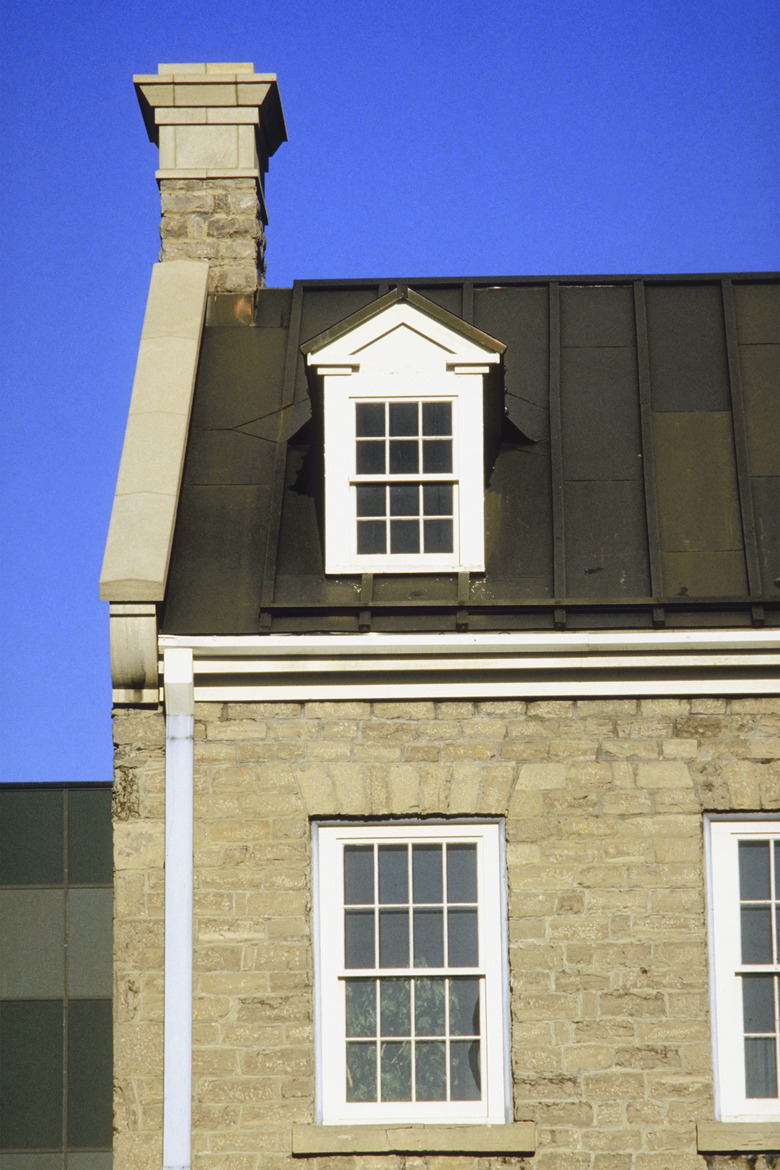The Best Ways To Close Up A Chimney
Many people live in homes containing a fireplace; some enjoy their fireplaces and use them regularly while others rarely, if ever, use theirs. If you are one who doesn't use your fireplace very often, you may want to close up the chimney. Before doing so, ensure you have enough information about the process to do it in the best manner possible.
Time Period
Before you can determine what the best way is to close up your chimney, you need to know for how long you want the chimney closed up. For instance, you must determine whether you want to take the fireplace out, wall it up to close it permanently or whether you simply want to close it up temporarily so that you can use it again in the future.
Keeping Rain and Animals out
Regardless of whether you are closing your chimney up permanently or temporarily, you need to ensure the top of the flue is capped with a high-quality metal (or copper) cap so that very little moisture can get inside the fireplace while also keeping unwanted animals such as squirrels, birds and bats from crawling inside. While you do want the top capped, you should not seal it off completely. Capping the flue is one of the best ways to close up the top of the chimney as it will still allow air to get in and out, preventing condensation from building up.
Insulating the Bottom of the Chimney
Once you've capped the top of the chimney, you will need to insulate the bottom of it. One of he best methods for closing up the bottom of the chimney depends on whether you want it sealed permanently or temporarily. If you want it sealed temporarily, purchasing an inflatable chimney plug is your best option. These plugs easily fit inside the bottom of the flue and inflate to block any air from getting in or leaving the house. When it's time to use the chimney again, all you have to do is deflate the plug and pull it out. However, if you want to permanently close up your chimney, cutting out a foam insulation plug and placing it in the bottom of the chimney and caulking around it is the best method. You can also seal the edges with foam weatherstripping tape, too.
Sealing the Clean-out
Some fireplace chimneys have the clean-out on the outside of the house while others, such as some masonry chimneys, have the clean-out in the basement of the home. For those with the clean-out outside the house, leave the clean-out cap loose to allow excess moisture a way out. However, go ahead and seal up the horizontal vapor barrier line inside the house to keep the house from losing air. If the clean-out is in the basement, tape and seal around the clean-out so that no air can get in or out through the clean-out.
